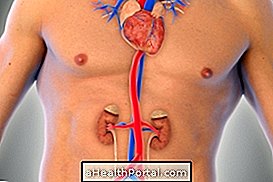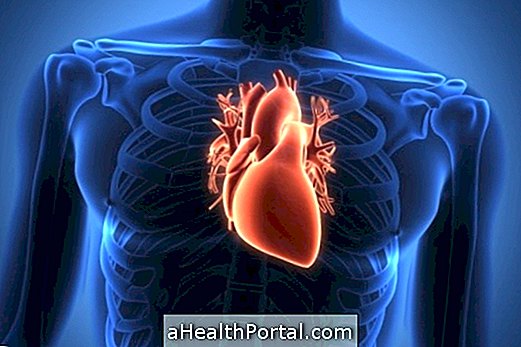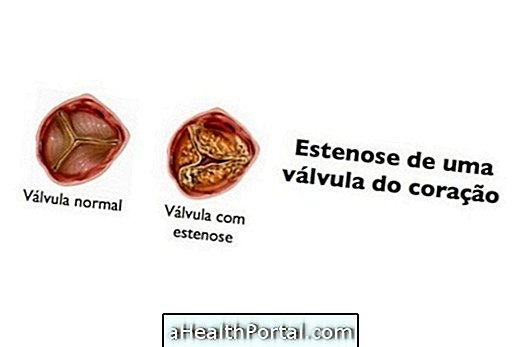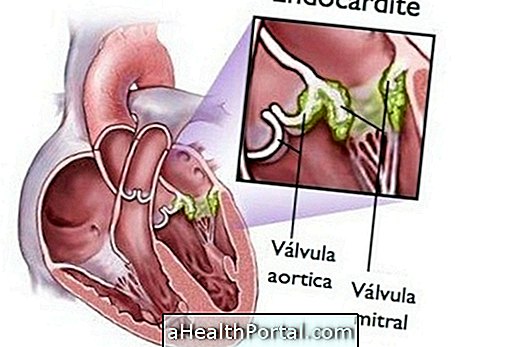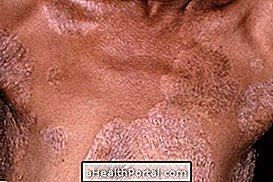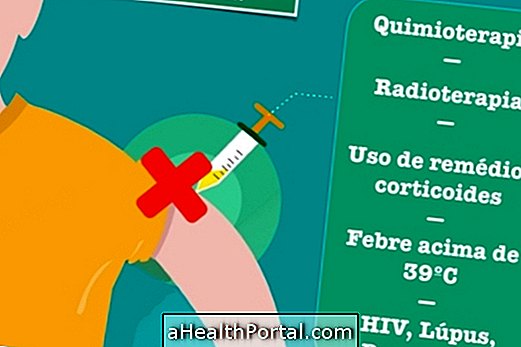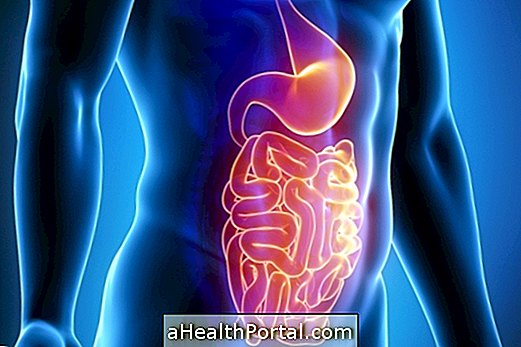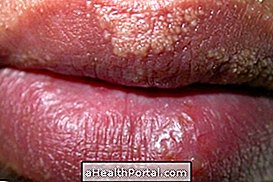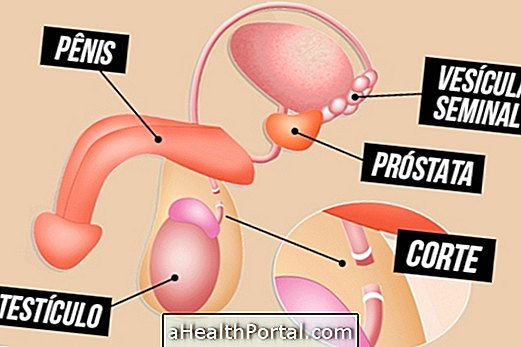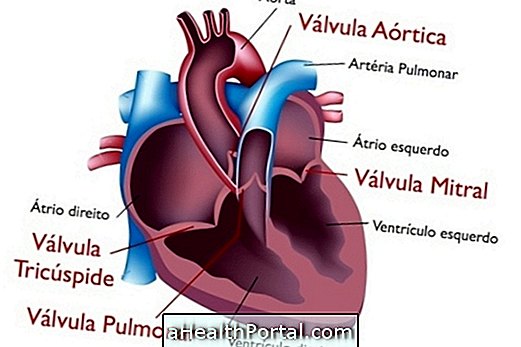Calcification of the aorta can cause a heart attack because it causes the blood vessel to lose its natural elasticity, making it difficult for the blood to circulate properly. The infarction occurs when the calcium plate completely prevents the passage of blood or when a part of the plaque is released from the wall of the aorta and clogs a smaller blood vessel, preventing the blood from reaching the heart muscle. In addition to myocardial infarction, calcification of the aorta may also lead to stroke or aneurysm, which is a dilation of the aortic wall.
The atheromatous calcification of the aorta is when there is a calcium accumulation next to a plaque of fat, that occurs mainly in people who have the uncontrolled high cholesterol, being this the main cause of the calcification of the aorta. Here's how to identify Aortic Atheromatosis.
Main causes of aortic calcification
The risk of calcification of the aorta increases with age and its main causes are:
- Accumulation of calcium in the aorta due to excessive calcium supplementation;
- Rheumatic fever, which can lead to a decrease in the size of the aorta, making it difficult for blood to pass through;
- Complications of genetic heart disease, such as aortic valve defects;
- Renal insufficiency;
- Presence of atheroma plaques, which are plaques formed by the accumulation of fat in the blood vessels.
People who have high cholesterol, who are overweight, who smoke or consume alcoholic drinks exaggerated also have a higher risk of developing calcification in the aorta.
Symptoms of aortic calcification
The symptoms of aortic calcification are non-specific, but it can usually occur:
- Pain in the chest or abdomen in the form of a stitch or tightening, especially during physical exertions such as walking or weight lifting;
- Heart murmur;
- Easy fatigue;
- Heart palpitations;
- Swelling in the legs, ankles, and feet;
- Increased urinary frequency;
- Dizziness when standing or walking.
The diagnosis of aortic calcification can be made through examinations such as angiography, ultrasound, X-ray, computed tomography or magnetic resonance imaging. The doctor will indicate the examination according to the characteristics of the person and may ask for other types of examination to make a better evaluation of the cardiac function.
How to treat aortic calcification
Treatment of aortic calcification can be done with medications to control cholesterol and lifestyle changes, which includes reducing sugars and fats in the diet and frequent physical activity. In more severe cases, your doctor may find it necessary to perform surgery. See more about treatment for aortic calcification.
What is the aorta
The aorta is the largest blood vessel in the body, being responsible for receiving all the blood leaving the heart and distributing it to the rest of the body. When it leaves the heart, the aorta makes a curve and goes to the thorax and abdomén, dividing in smaller vessels along its way by the body, so as to irrigate all the other organs and tissues. Therefore, the description of the diagnosis of aortic calcification depends on where the excess calcium is located, it may be: calcification of the abdominal aorta, if the calcium is deposited in the part of the aorta that passes through the belly or calcification of the thoracic aorta, if the excess of calcium is in the part of the thorax.
